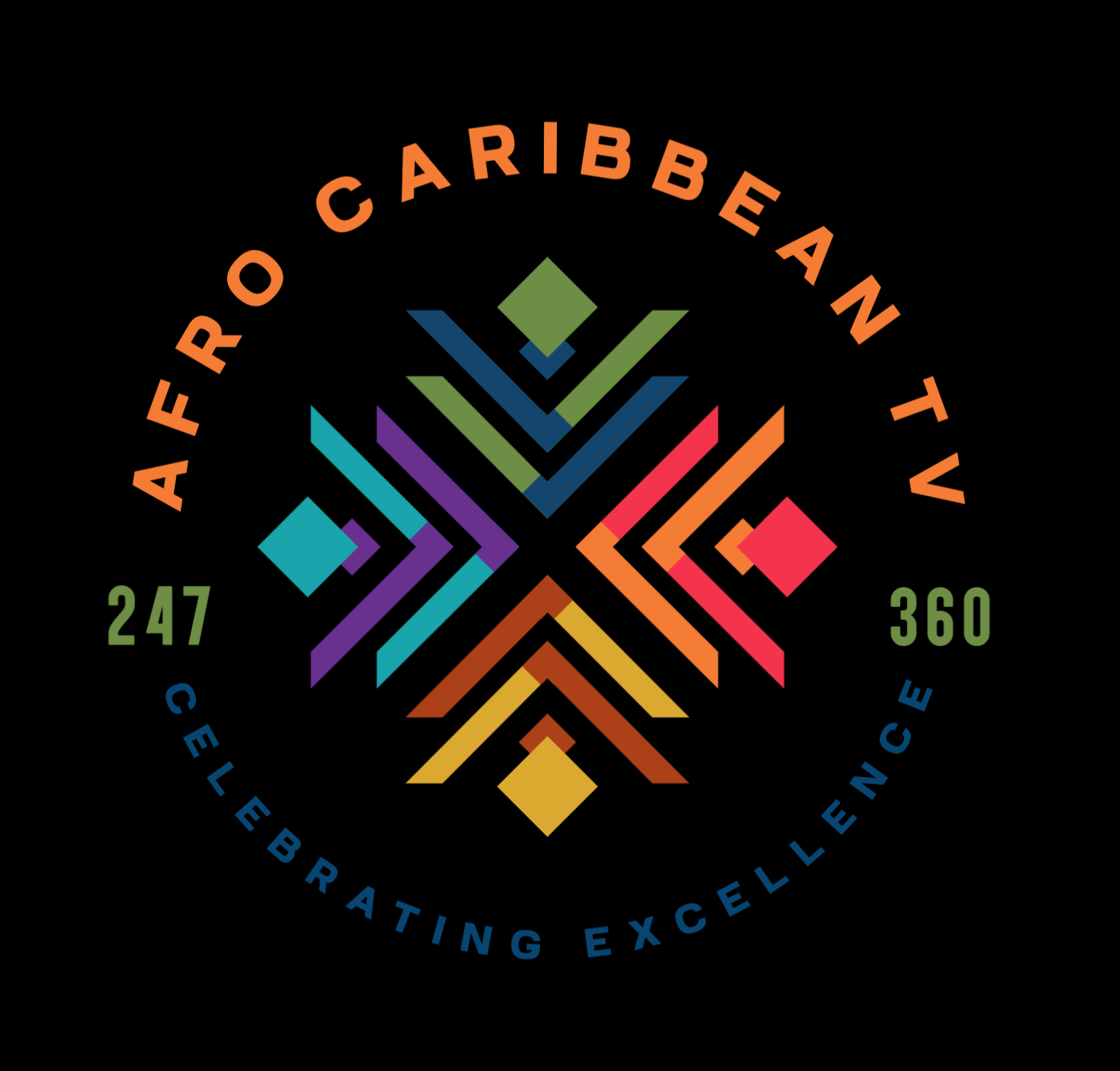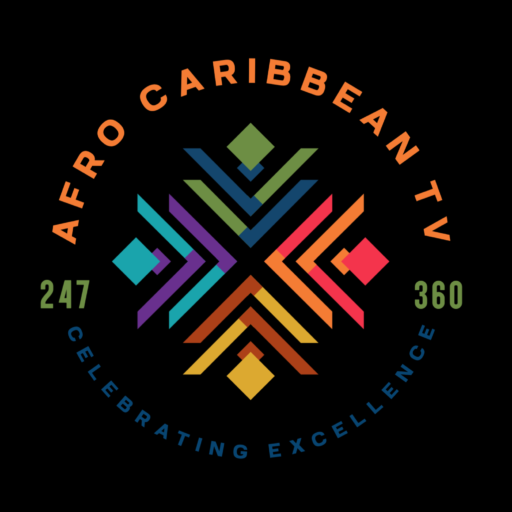Prof. Benedict Oramah, the outgoing President and Chairman of the Board of Directors of African Export-Import Bank, Afreximbank, has received praises for his visionary and impactful…
Africa’s Growing Economic Role Africa is attracting increasing global attention, not only for its vast natural resources but also for its growing role in global trade…
Rear Admiral Idi Abbas, born on September 20, 1969, hails from Nassarawa LGA of Kano State.He enlisted into the Nigerian Defence Academy (NDA) on September 12,…
The appointment of Air Vice Marshal Sunday Kelvin Aneke as the 23rd Chief of the Air Staff (CAS) marks the beginning of a new and promising…
Shaibu served as the Theatre Commander of the Joint Task Force, Operation Hadin Kai (OPHK), leading counterinsurgency operations in the Northeast.Born on December 18, 1971, in…
Nigeria is projected to reclaim its position as the third-largest economy in Africa by 2026, driven by economic reforms and rising oil revenues.The IMF’s 2026 outlook…
This is according to PwC Africa Entertainment and Media Outlook 2025–2029 just released.The report attributes this growth to Africa’s expanding middle class, rising disposable incomes, rapid…
Africa’s richest man, Aliko Dangote, has reached an unprecedented milestone with a net worth of $30.2 billion, according to the latest Bloomberg Billionaires Index.The figure reflects…
Cassava Technologies announced that it plans to build Africa’s first AI factory — a powerful and super-secure data centre facility powered with NVIDIA AI computing technology.…
Strive Masiyiwa isn’t chasing the next viral app or flashy startup. The Zimbabwean billionaire, who once shattered telecom monopolies with Econet Wireless, is now building something…


